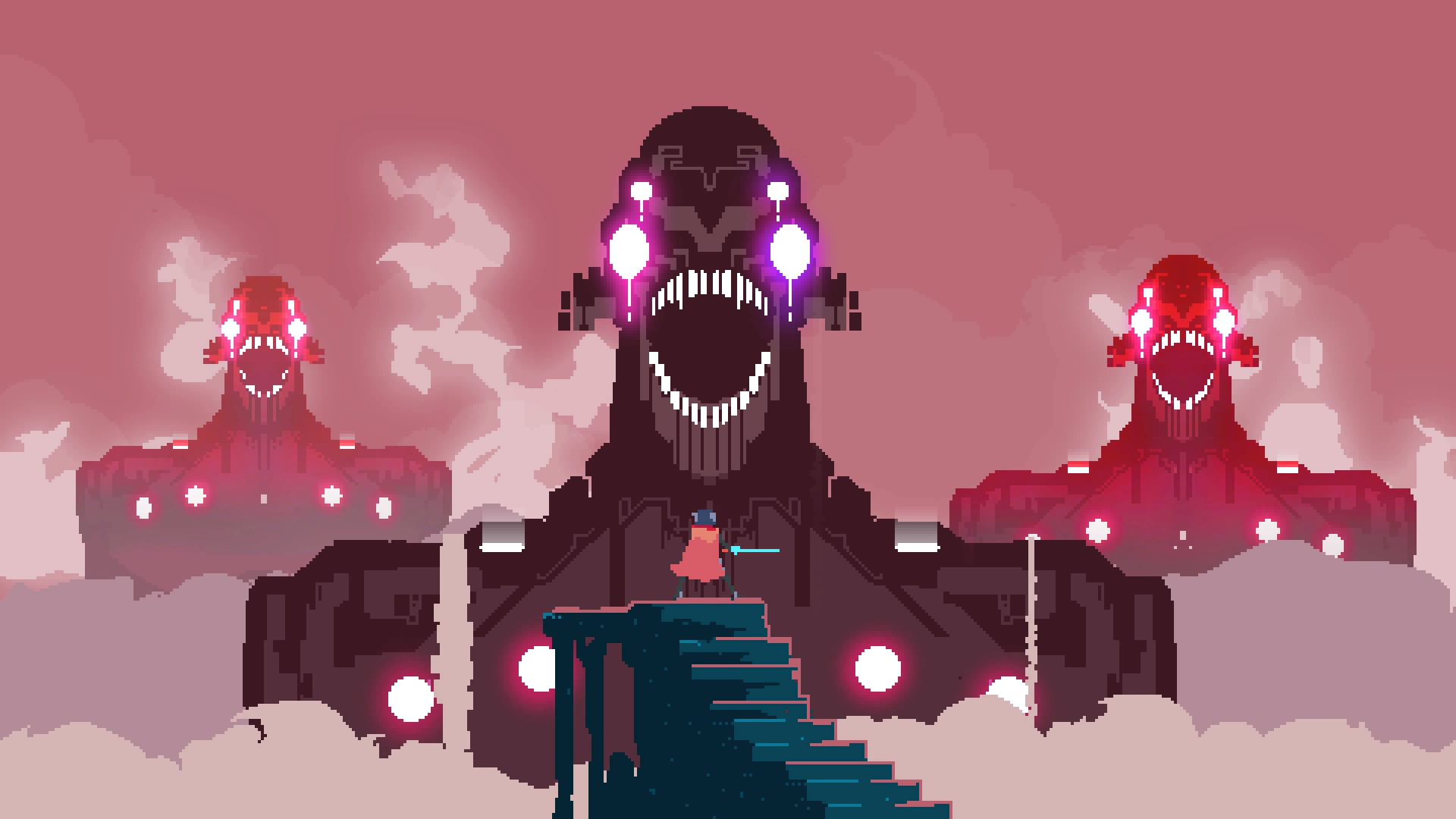Major platforms and publishers today increasingly offer access to games by subscription. This is how Microsoft, Electronic Arts distributes games, similar services from Ubisoft and Apple are on the way. Despite the emerging trend, not everyone agrees that it is a boon for the industry.

Hyper Light Drifter
Interesting material appeared on Engadget on this topic.
It’s called “Netflix’s business model is bad news for indie developers.” Its author, the editor of the publication Jessica Conditt, tells what the problem is with the new content distribution model.
The article does not dispute that the future belongs to subscription—based cloud services. However, he warns that the current payment model for some content authors makes no sense. And first of all it concerns indie developers.
Netflix, like other TV subscriptions, enter into an agreement when buying shows and movies based on the duration of the show, its exclusivity and the projected cost per hour or minute of viewing. Also, the contract amount takes into account the projected hours that the show will generate for the entire duration of the contract.
A similar scheme may work for video content, but it is a problem when it comes to short games.
“If developers are paid for minutes of play, long games or those with high replayability will earn more. At the same time, games focused on single—player passage, especially those in which the emphasis is on the author’s story, will be the losers,” notes the author of Hyper Light Drifter Teddy Dief.
Indie development today is based on short games with a strong narrative. And what will happen to them under the new paradigm is a big question. Will the subscription be able to stimulate the emergence of new projects in the spirit of Gone Home, Night in the Woods, Oxenfree, Undertale, Firewatch, What Remains of Edith Finch?
What Remains of Edith Finch
Big projects, of the Red Dead Redemption 2 level, have nothing to fear.
Only the passage of the plot, excluding multiplayer, requires at least 60 hours. The same applies to those games that involve multiple playthroughs. “We like this business model because people play our games for 3-4 thousand hours,” says Fredrik Webster from Paradox.
At the same time, developers of games such as Celeste, which takes place in 10 hours, are not put in the best position by the new trend. They will not be able to increase the duration of the game, at least because of a lack of personnel and resources.
Plus, they themselves have never chased after hours of gameplay before. The indie scene is a place to create small personal projects, to experiment, to create chamber—complete stories. In such games, there will not be a large number of hours, which means that they will not be able to earn even on popular indica titles, according to Engadget.
However, things may turn out quite differently if subscription platforms compete for exclusives in the competition for the user. This will allow the author’s teams to dictate terms or at least bargain for more favorable terms for themselves.
In addition, it is the subscription that can be one of the solutions that will improve the findability of projects.
“Subscription platforms are a great way for users to find content that they otherwise would never have tried. I listen to a huge number of wild tracks, because they are kind of free for me on Apple Music and Spotify. And I watch crazy niche movies on Netflix that I would never buy separately. So the subscription gives developers a chance to be found by a new audience,” Dif sums up.
Also on the topic:

